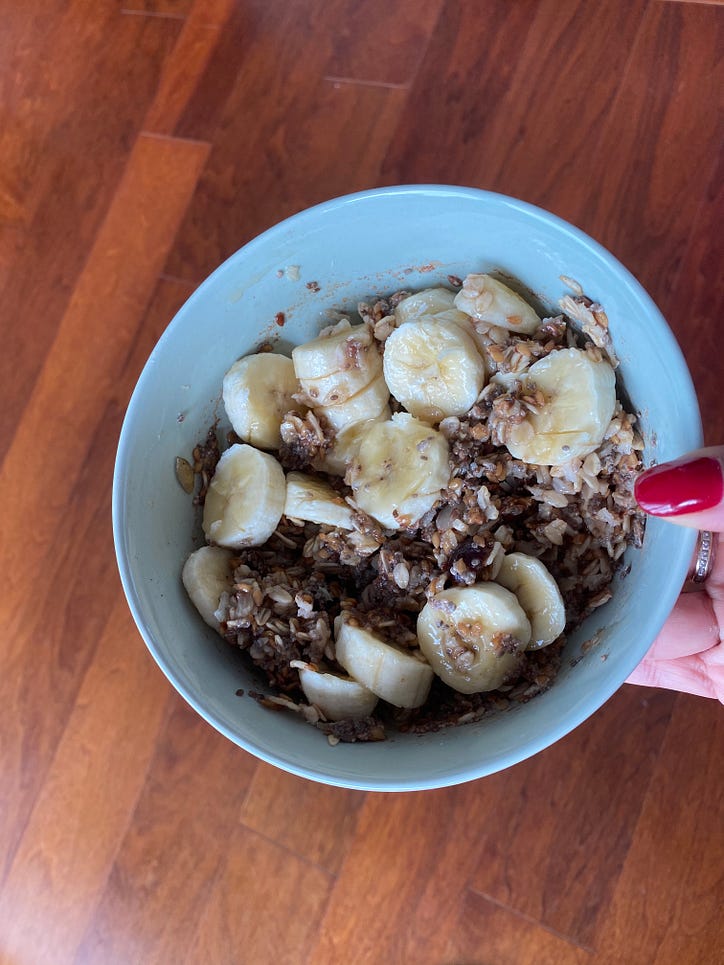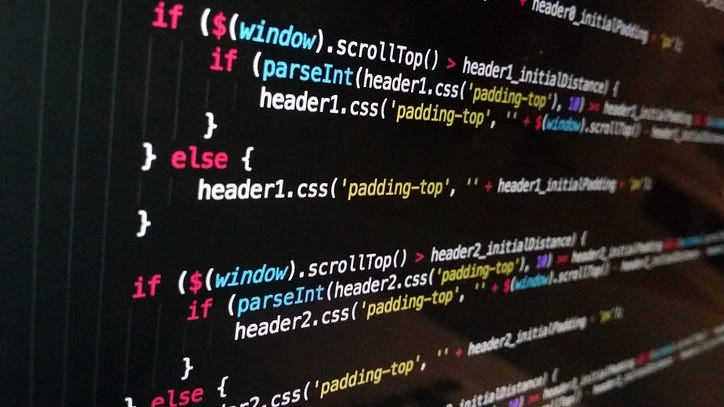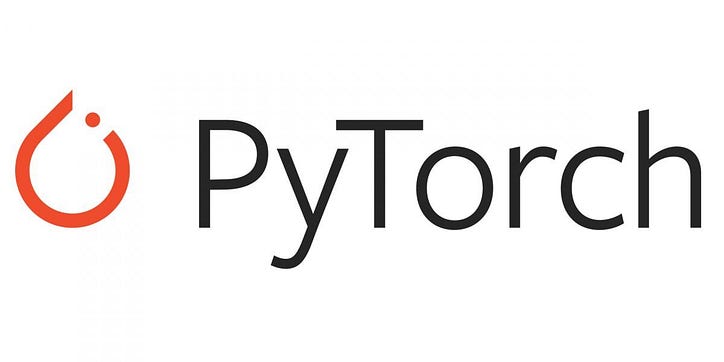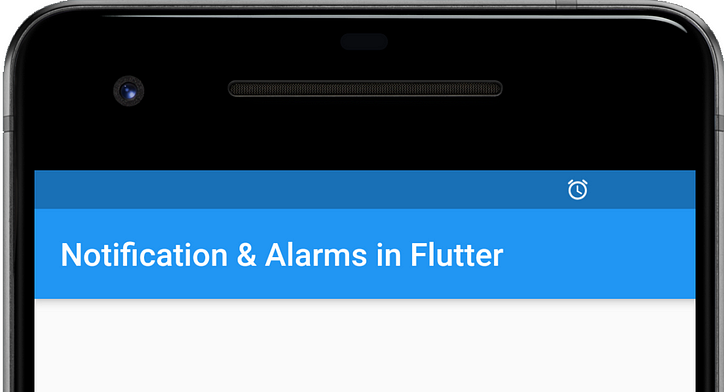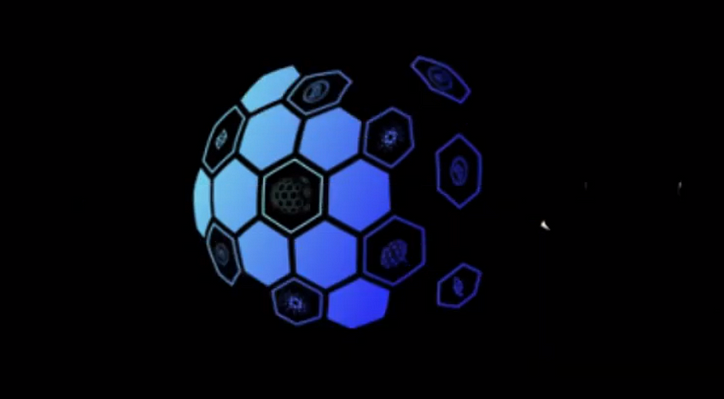ग्लोवी एंबेडिंग्स के साथ आगे बढ़ें

क्या आप अपने प्रोजेक्ट में GloVe एम्बेडिंग का उपयोग करना चाहते हैं? क्या विभिन्न शब्दावली आपको परेशानी दे रही हैं? बधाई! आप सही जगह पर हैं।
नोट: यह लेख GloVe एम्बेडिंग के पीछे के गणित पर चर्चा नहीं करता है।
इस लेख में, हम सीखेंगे कि किसी भी टेक्स्ट डेटा को संख्याओं में बदलने के लिए GloVe एम्बेडिंग का उपयोग कैसे करें। हम एक छोटे टेक्स्ट कॉर्पस का उपयोग करके चरणों को सीखेंगे, और फिर हम IMDB मूवी समीक्षा डेटासेट के लिए एम्बेडिंग प्राप्त करने के लिए उन चरणों को लागू करेंगे। हम एक ही डेटासेट पर बाइनरी सेंटिमेंट क्लासिफायरियर को प्रशिक्षित करने के लिए प्राप्त एम्बेडिंग का उपयोग करेंगे।
आएँ शुरू करें!
परिचय
डाउनलोड के लिए विभिन्न प्रकार के पूर्व-प्रशिक्षित ग्लोवे शब्द एम्बेडिंग उपलब्ध हैं। विभिन्न दस्ताने एम्बेडिंग के प्रशिक्षण कोष के बारे में अधिक जानकारी इस वेबसाइट पर पाई जा सकती है। इस ट्यूटोरियल में, हम glovetwitter27b50d एम्बेडिंग का उपयोग करेंगे, जिसके 50 आयाम हैं और जिन्हें Twitter से 2B ट्वीट्स पर प्रशिक्षित किया गया था।
एम्बेडिंग एक टेक्स्ट फ़ाइल के रूप में उपलब्ध है जहां प्रत्येक पंक्ति में एक स्ट्रिंग है जिसमें एक शब्द और उसका वेक्टर प्रतिनिधित्व है। हम इस टेक्स्ट फ़ाइल की सामग्री को शब्दकोश में बदल देंगे।
# Read the text file
glovetwitter27b50d = "pathe_to_glovetwitter27b50d.txt"
file = open(glovetwitter27b50d)
glovetwitter27b50d = file.readlines()
# Convert the text file into a dictionary
def ConvertToEmbeddingDictionary(glovetwitter27b50d):
embedding_dictionary = {}
for word_embedding in tqdm(glovetwitter27b50d):
word_embedding = word_embedding.split()
word = word_embedding[0]
embedding = np.array([float(i) for i in word_embedding[1:]])
embedding_dictionary[word] = embedding
return embedding_dictionary
embedding_dictionary = ConvertToEmbeddingDictionary(glovetwitter27b50d)
# Let's look at the embedding of the word "hello."
embedding_dictionary['hello']
Output:
array([ 0.28751 , 0.31323 , -0.29318 , 0.17199 , -0.69232 ,
-0.4593 , 1.3364 , 0.709 , 0.12118 , 0.11476 ,
-0.48505 , -0.088608 , -3.0154 , -0.54024 , -1.326 ,
0.39477 , 0.11755 , -0.17816 , -0.32272 , 0.21715 ,
0.043144 , -0.43666 , -0.55857 , -0.47601 , -0.095172 ,
0.0031934, 0.1192 , -0.23643 , 1.3234 , -0.45093 ,
-0.65837 , -0.13865 , 0.22145 , -0.35806 , 0.20988 ,
0.054894 , -0.080322 , 0.48942 , 0.19206 , 0.4556 ,
-1.642 , -0.83323 , -0.12974 , 0.96514 , -0.18214 ,
0.37733 , -0.19622 , -0.12231 , -0.10496 , 0.45388 ])
sample_corpus = ['The woods are lovely, dark and deep',
'But I have promises to keep',
'And miles to go before I sleep',
'And miles to go before I sleep']
# This is the maximum number of tokens we wish to consider from our dataset.
# When there are more tokens, the tokens with the highest frequency are chosen.
max_number_of_words = 5
# Note: Keras tokenizer selects only top n-1 tokens if the num_words is set to n
tokenizer = Tokenizer(num_words=max_number_of_words)
tokenizer.fit_on_texts(sample_corpus)
sample_corpus_tokenized = tokenizer.texts_to_sequences(sample_corpus)
print(tokenizer.word_index)
Output:
{'and': 1, 'i': 2, 'to': 3, 'miles': 4, 'go': 5, 'before': 6, 'sleep': 7, 'the': 8, 'woods': 9, 'are': 10, 'lovely': 11, 'dark': 12, 'deep': 13, 'but': 14, 'have': 15, 'promises': 16, 'keep': 17}
print("But I have promises to keep: ", sample_corpus_tokenized[1])
Output:
But I have promises to keep: [2, 3]
अब जब हमने अपने टेक्स्ट कॉर्पस से टोकन का एक सेट चुन लिया है, तो हमें उनके लिए एक एम्बेडिंग मैट्रिक्स विकसित करना होगा। एम्बेडिंग मैट्रिक्स में एम्बेडिंग के आयाम के बराबर कॉलम और टोकन की संख्या के बराबर पंक्तियाँ होंगी ।
# Create embedding matrix
total_number_of_words = min(max_number_of_words, len(tokenizer.word_index))
embedding_matrix = np.zeros((total_number_of_words,50))
for word, i in tokenizer.word_index.items():
if i >= total_number_of_words: break
if word in embedding_dictionary.keys():
embedding_vector = embedding_dictionary[word]
embedding_matrix[i] = embedding_vector
कृत्रिम तंत्रिका नेटवर्क और एमएल एल्गोरिदम इनपुट की एक चर लंबाई से नहीं निपट सकते हैं, इसलिए हमें प्रत्येक इनपुट अनुक्रम के एम्बेडिंग को एक निश्चित आकार में बदलने की आवश्यकता है। ऐसा करने के लिए कई दृष्टिकोण हैं, लेकिन सबसे सरल एक वाक्य में प्रत्येक टोकन के एम्बेडिंग को योग करना और वेक्टर को सामान्य बनाना है।
def convertToSentenceVector(sentences):
new_sentences = []
for sentence in sentences:
sentence_vector = []
for word_index in sentence:
sentence_vector.append(embedding_matrix[word_index])
sentence_vector = np.array(sentence_vector).sum(axis=0)
embedding_vector / np.sqrt((embedding_vector ** 2).sum())
new_sentences.append(sentence_vecto
sample_corpus_vectorized = convertToSentenceVector(sample_corpus_tokenized)
# Print the 50-dimensional embedding of the first sentence in our text corpus.
print(sample_corpus_vectorized[0])
Output:
[-0.43196 -0.18965 -0.028294 -0.25903 -0.4481 0.53591
0.94627 -0.07806 -0.54519 -0.72878 -0.030083 -0.28677
-6.464 -0.31295 0.12351 -0.2463 0.029458 -0.83529
0.19647 -0.15722 -0.5562 -0.027029 -0.23915 0.18188
-0.15156 0.54768 0.13767 0.21828 0.61069 -0.3679
0.023187 0.33281 -0.18062 -0.0094163 0.31861 -0.19201
0.35759 0.50104 0.55981 0.20561 -1.1167 -0.3063
-0.14224 0.20285 0.10245 -0.39289 -0.26724 -0.37573
0.16076 -0.74501 ]
भावना वर्गीकरण: आईएमडीबी मूवी समीक्षा डेटासेट
# Read the data
df = pd.read_csv("IMDB_Dataset.csv")
X = df['review']
y = df['sentiment']
# Convert labels to numbers
le = LabelEncoder()
y = le.fit_transform(y)
# Split the data into train and test sets.
X_train, X_test, y_train, y_test = train_test_split(X, y, test_size=0.10, random_state=0)
#Set the maximum number of tokens to 50000
max_number_of_words = 50000
# Tokenize training set
tokenizer = Tokenizer(num_words=max_number_of_words)
tokenizer.fit_on_texts(X_train)
X_train = tokenizer.texts_to_sequences(X_train)
X_test = tokenizer.texts_to_sequences(X_test)
# Create embedding matrix
total_number_of_words = min(max_number_of_words, len(tokenizer.word_index))
embedding_matrix = np.zeros((total_number_of_words+1,50))
for word, i in tokenizer.word_index.items():
if i >= total_number_of_words: break
if word in embedding_dictionary.keys():
embedding_vector = embedding_dictionary[word]
embedding_matrix[i] = embedding_vector
# Get a fixed-size embedding for every comment using the function defined earlier
X_train = convertToSentenceVector(X_train)
X_test = convertToSentenceVector(X_test)
# Define a sequential model
model = Sequential()
model.add(Dense(100, input_shape = (50,), activation = "relu"))
model.add(Dense(1000, activation = "relu"))
model.add(Dropout(0.2))
model.add(Dense(1, activation = "sigmoid"))
model.compile(loss='binary_crossentropy', optimizer='adam', metrics=['accuracy'])
model.summary()
# Fit the model
model.fit(X_train, y_train, batch_size=32, epochs=10, validation_split=0.1)
# Get the classification report on the test set
y_pred = model.predict(X_test)
y_pred = y_pred.round()
print(classification_report(y_test, y_pred))
Output:
precision recall f1-score support
0 0.82 0.77 0.79 2553
1 0.77 0.82 0.80 2447
accuracy 0.80 5000
macro avg 0.80 0.80 0.80 5000
weighted avg 0.80 0.80 0.80 5000
max_number_of_words = 50000
max_length = 100
tokenizer = Tokenizer(num_words=max_number_of_words)
tokenizer.fit_on_texts(X_train)
X_train = tokenizer.texts_to_sequences(X_train)
X_test = tokenizer.texts_to_sequences(X_test)
# We can use padding to make the length of every comment equal to max_length
X_train = pad_sequences(X_train, maxlen=max_length)
X_test = pad_sequences(X_test, maxlen=max_length)
# Define a sequential model
model = Sequential()
# Add an embedding layer and pass the embedding matrix as weights
model.add(Embedding(max_number_of_words+1, 50, input_shape = (100,), weights=[embedding_matrix]))
model.add(Bidirectional(LSTM(50, return_sequences=True, dropout=0.1, recurrent_dropout=0.1)))
model.add(GlobalMaxPool1D())
model.add(Dense(50, activation="relu"))
model.add(Dropout(0.1))
model.add(Dense(1, activation="sigmoid"))
model.compile(loss='binary_crossentropy', optimizer='adam', metrics=['accuracy'])
model.summary()
# Fit the model
model.fit(X_train, y_train, batch_size=32, epochs=10, validation_split=0.1);
# Get the classification report
y_pred = model.predict(X_test)
y_pred = y_pred.round()
print(classification_report(y_test, y_pred))
Output:
precision recall f1-score support
0 0.87 0.83 0.85 2553
1 0.83 0.87 0.85 2447
accuracy 0.85 5000
macro avg 0.85 0.85 0.85 5000
weighted avg 0.85 0.85 0.85 5000
अब जब आपको ग्लोवी एम्बेडिंग की बेहतर समझ हो गई है, तो आप इसे विभिन्न एनएलपी समस्याओं पर लागू करने के लिए तैयार हैं।
नोट: आप इस लिंक से पूरा कोड एक्सेस कर सकते हैं ।
सन्दर्भ :
- https://www.tensorflow.org/text/guide/word_embeddings
- https://www.kaggle.com/code/jhoward/improved-lstm-baseline-glove-dropout
- https://www.kaggle.com/code/abhishek/approaching-almost-any-nlp-problem-on-kaggle

![क्या एक लिंक्ड सूची है, वैसे भी? [भाग 1]](https://post.nghiatu.com/assets/images/m/max/724/1*Xokk6XOjWyIGCBujkJsCzQ.jpeg)





